Failure of mechanical bushings can be caused by a variety of factors, the following are some of the major ones:
Chemical attack:
Mechanical bushings may be affected by chemical media and high temperatures, resulting in chemical attack. This erosion can cause the bushing to become brittle, cracked or softened, losing its original protective effect and causing failure.
Wear and fatigue: Bushings often need to withstand high-speed rotation, strong impact and heavy load in mechanical equipment. Long-term friction and fatigue will gradually wear the bushing, leading to a decrease in its performance and eventual failure.
Thermal expansion and contraction: In a working environment with alternating high and low temperatures, the mechanical bushing may lose its original shape and size due to thermal expansion and contraction. This deformation will cause it to fail to work properly and then fail.
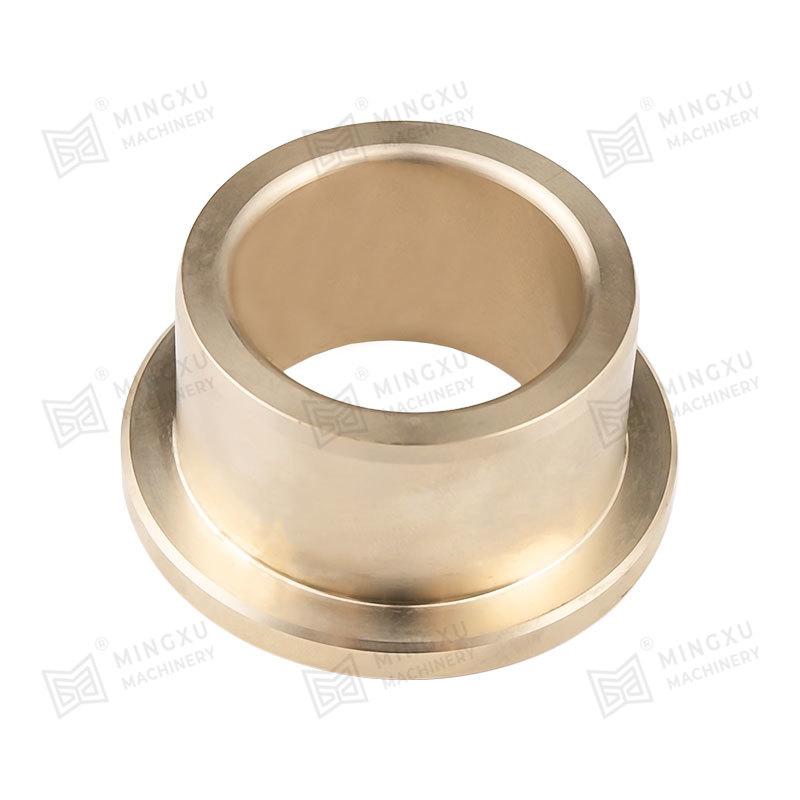
Improper installation and maintenance: If a mechanical bushing is not properly installed or maintained, it may be subject to additional stress or friction, accelerating wear and failure.
Working conditions: Working conditions, including load, speed, temperature, corrosion, etc., have an important impact on the wear and failure of mechanical bushings. Harsh operating conditions will accelerate bushing wear and failure.
Material defects and poor design may also cause mechanical bushing failure. Material defects may already exist during the manufacturing process and gradually expand during use, eventually causing failure. Unreasonable design may cause the bushing to be subject to excessive stress when subjected to load or impact, leading to failure.
In order to ensure the normal operation of mechanical bushings and extend their service life, it is necessary to select appropriate materials, carry out reasonable design, ensure correct installation and maintenance, and fully consider the impact of the working environment. At the same time, regular inspection and replacement of seriously worn bushings are also necessary.




 English
English Español
Español

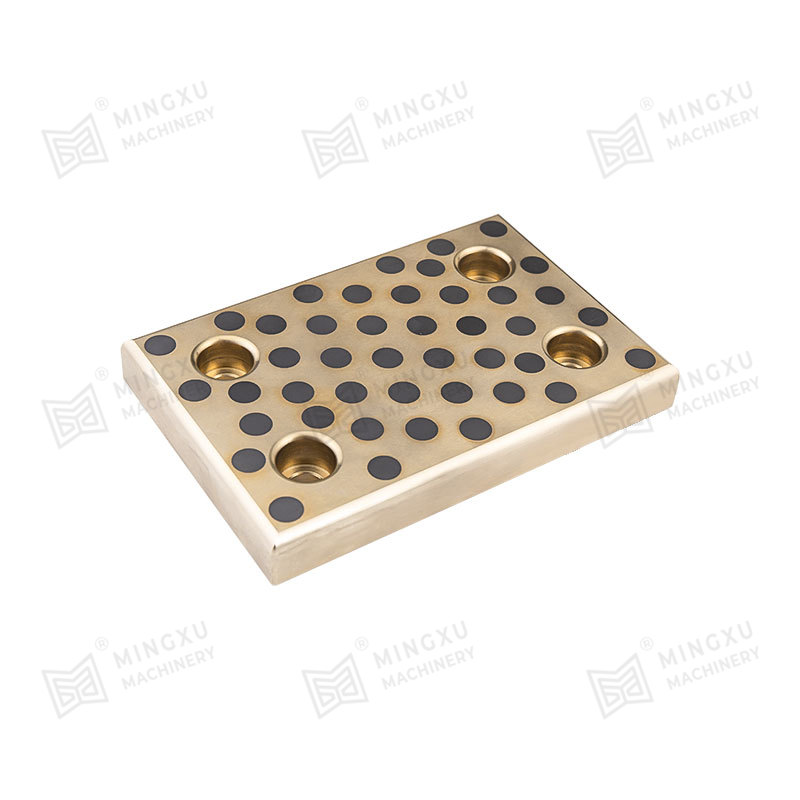



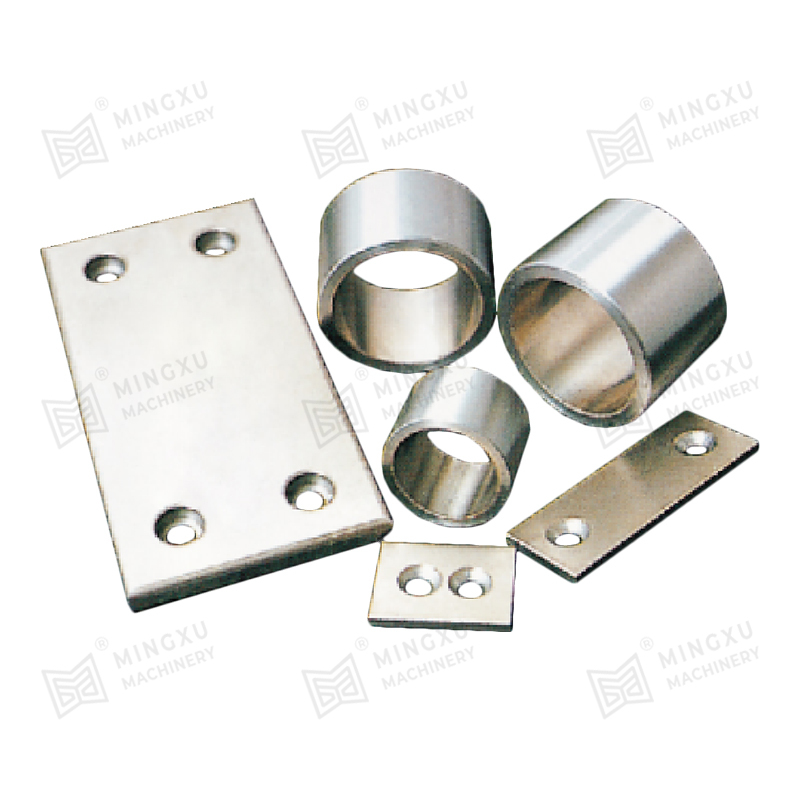
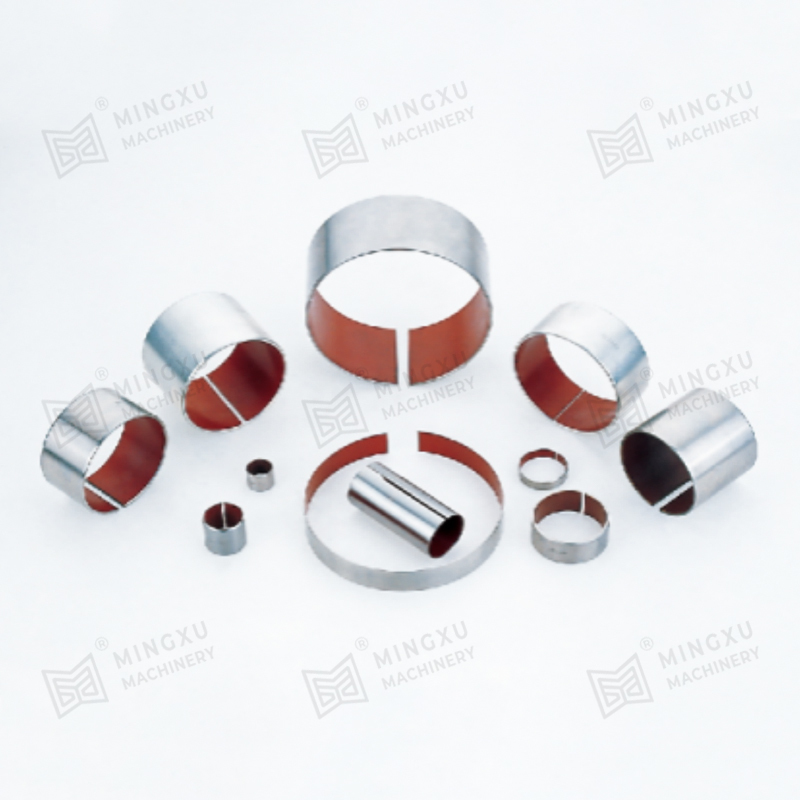
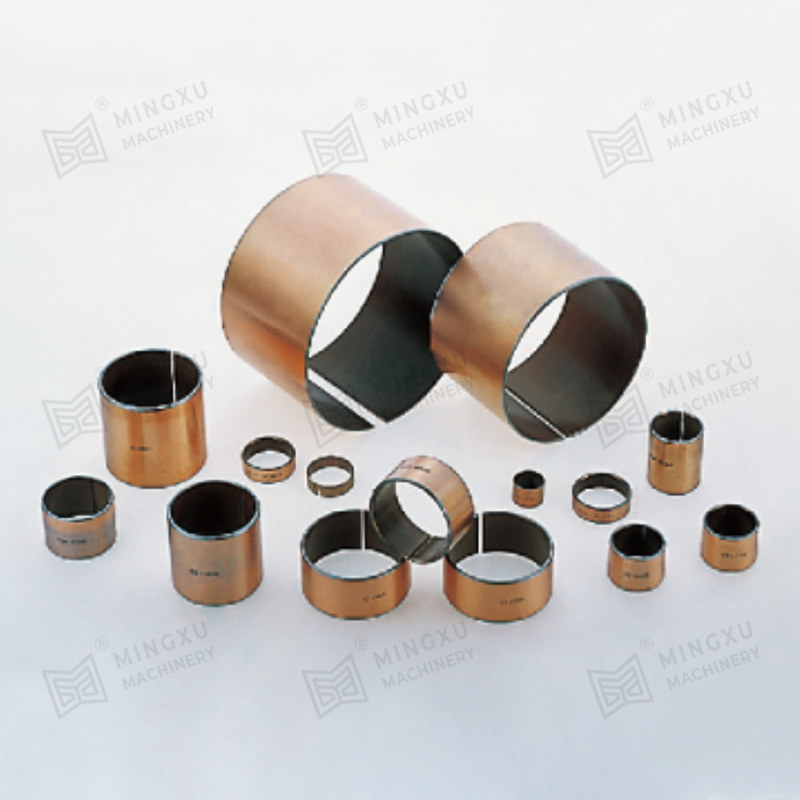
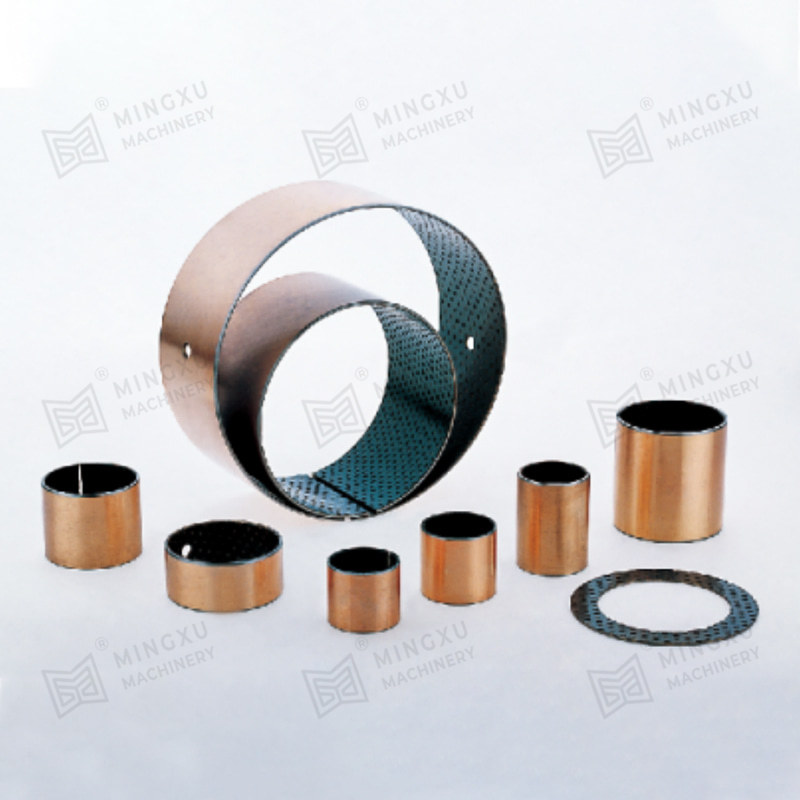







Contact Us